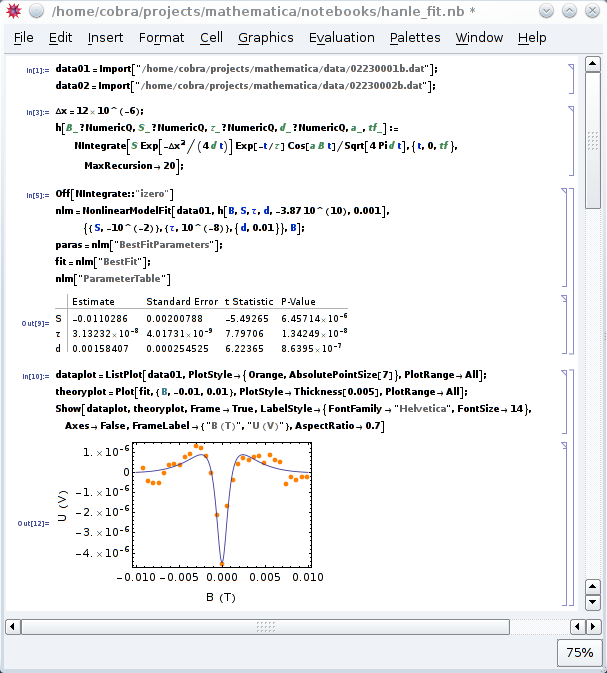Adiposity
A Windows XP I've installed in VirtualBox perhaps two years ago grew so much in size by updates alone that the 5 GB system partition became too small. Since my virtual Windows 7 broke from installing the Cisco 64 bit vpnclient and had to be deleted, I needed to act. No, deleting the files left from updates isn't a good idea. I did that after installing the .Net framework, and now I neither can update the framework, nor can I uninstall or reinstall that crap.
How to expand the disk in VirtualBox? First, create a new harddisk with the desired size (I've chosen three times the size of the old one) in the "Storage" menu of VirtualBox. Next, clone your old disk by the following command:
VBoxManage clonehd –existing old_hard_disk.vdi new_hard_disk.vdi
Select the new disk under "Storage", and resize the partitions. I used gparted to do that since the Windows tools are either not able to do that or too difficult to use (gparted was also my tool of choice prior to installing Windows 7, which is unable to create more than 3 logical partitions).
I know that I'm a complete idiot when it comes to Windows, but how can anybody not be, if one's mind is based on rational grounds? It all seems so horribly twisted and bizarre.



